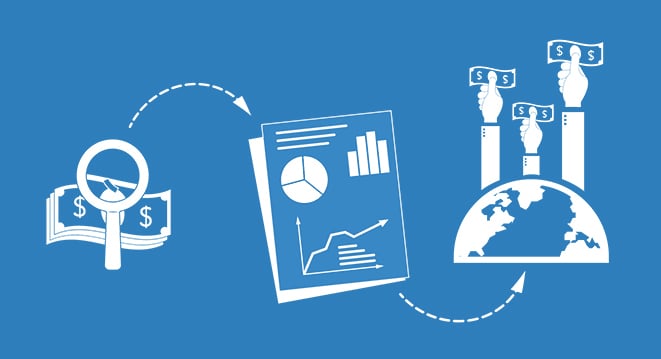Delivering every day of the week, around the clock, is every carrier’s goal. Drones and robots are being hailed as the way to accomplish this. How could these aerial allies affect shippers?
Week-round service. Drone and robotic delivery teams. There is buzz that these technological developments will revolutionize the logistics of retail delivery. The future always sounds exciting on paper, but will these new shipping services be a step backward?
Robotics and ground delivery
These technological changes must begin at ground level. A statement from FedEx President and Chief Operating Officer Raj Subramaniam explained how the carrier expects the average daily small parcel volume to double by 2026. They’re planning ahead to make Sundays a regular delivery day — unlike UPS, who says they have no new processes in the pipeline.
One of FedEx’s solutions is the “SameDay Bot” called Roxo. This prototype has been undergoing development and testing throughout 2019 and comes equipped with sensors, artificial intelligence, rugged-terrain wheels and the ability to carry cargo of different types, including hot or cold items.
FedEx is confident Roxo will be a key player in boosting its delivery capacity and making shipping more convenient and flexible. Amazon is also working on robot deliveries and is keenly aware that public trust for this method isn’t quite there yet. In terms of a shipper’s bottom line, however, a report by McKinsey and Company found that this method could reduce last-mile logistical costs by as much as 40 percent.
Negative public sentiment and early adopter risks mean robot deliveries have a hard sell ahead that could impact shippers who use them. San Francisco came down hard on delivery robots as a physical safety threat, and anything digital can be hacked. Cybercriminals won’t lose any time looking for ways to redirect valuable deliveries (something that’s far harder with a flesh-and-blood courier, for all their faults).
That’s how robots are rolling, but the real test of shipping’s future will be over everyone’s head.
Drones and aerial delivery
Drones make a lot of headlines, but they’re a bit further away than robots in becoming a regular delivery reality. They’re the final goal, however, because they transcend many of the ground risks posed by robots and don’t have to worry about tough terrain.
This makes drones faster and more cost-efficient for carriers, who can pass on savings to shippers. Customer bases may broaden, too, since drones are more able to reach addresses off the beaten track. Drones are also a huge leap forward for environmental responsibility, burning less energy and producing zero emissions.
Shippers using drones could proudly proclaim their greener status and satisfy a customer base who wants precisely that. In terms of physical (not digital) safety, drones are immune from almost every ground-based risk which could damage a package in transit. Potholes in a road? No problem. Slippery sidewalks or stairs? Solved.
The downside of looking up
Three big obstacles standing in the way of drones are expense, cybercriminals and weather. The financial outlay for carriers to invest in such innovate tech will be huge at first — an expense that’s likely to be reflected in higher carrier rates.
There’s also the financial cost of packages which would have a new way to get lost — tech theft. Just like robots, drones can be hacked and redirected, potentially taking that last mile in a disturbingly different direction and raising new data-privacy concerns. It may not even take a tech-genius to “hack” a delivery drone. Simply stealing it once it lands on your doorstep means you’ve bagged yourself a drone.
As for weather, consider how actual carrier aircrafts are often grounded due to conditions being unsafe for flight. If something weighing tens of thousands of pounds must wait out harsh conditions, how can far smaller and lighter drones hope to stand up to a storm?
It could mean that even the slightest shift in the elements would make delivery impossible. For all drones’ future-facing possibilities, traditional delivery methods like trucks and vans certainly seem more robust and reliable, at least for now.
Perhaps the big carriers will find a way to make drones weather resistant. Maybe delivery robots will learn to put safety first. The present sees this technology facing public distrust, major teething problems and enough potential pitfalls to make the future an uncertain thing. One thing that’s constant is commitment to optimizing your shipping expenses no matter what delivery method you use.
Connect with us at the link below for a more cost-effective future.
At 71lbs, we focus on two things: a) helping customers save money on shipping and b) helping customers understand their shipping costs. We provide you refunds and savings in shipping insurance, freight, and imports, among other expenses. Our automated dashboard displays easy-to-understand shipping costs and insights so you can make better business decisions. Drop by the contact page to get in touch!



